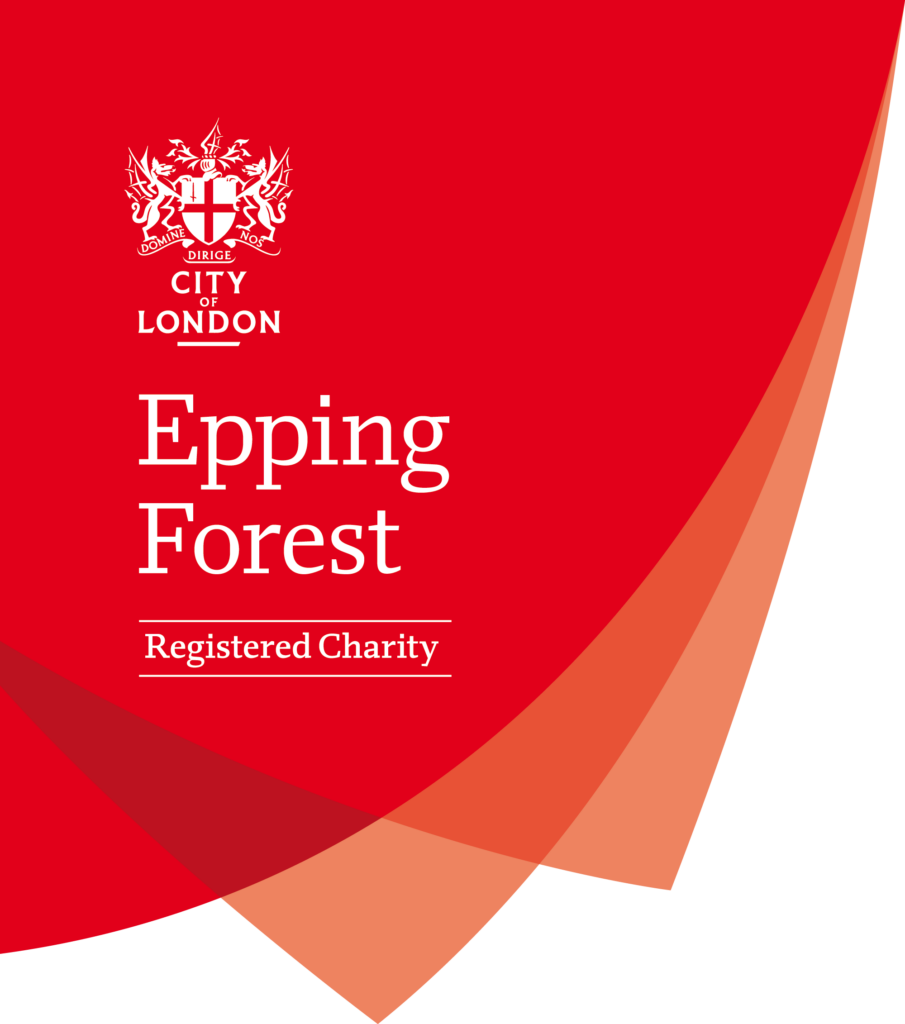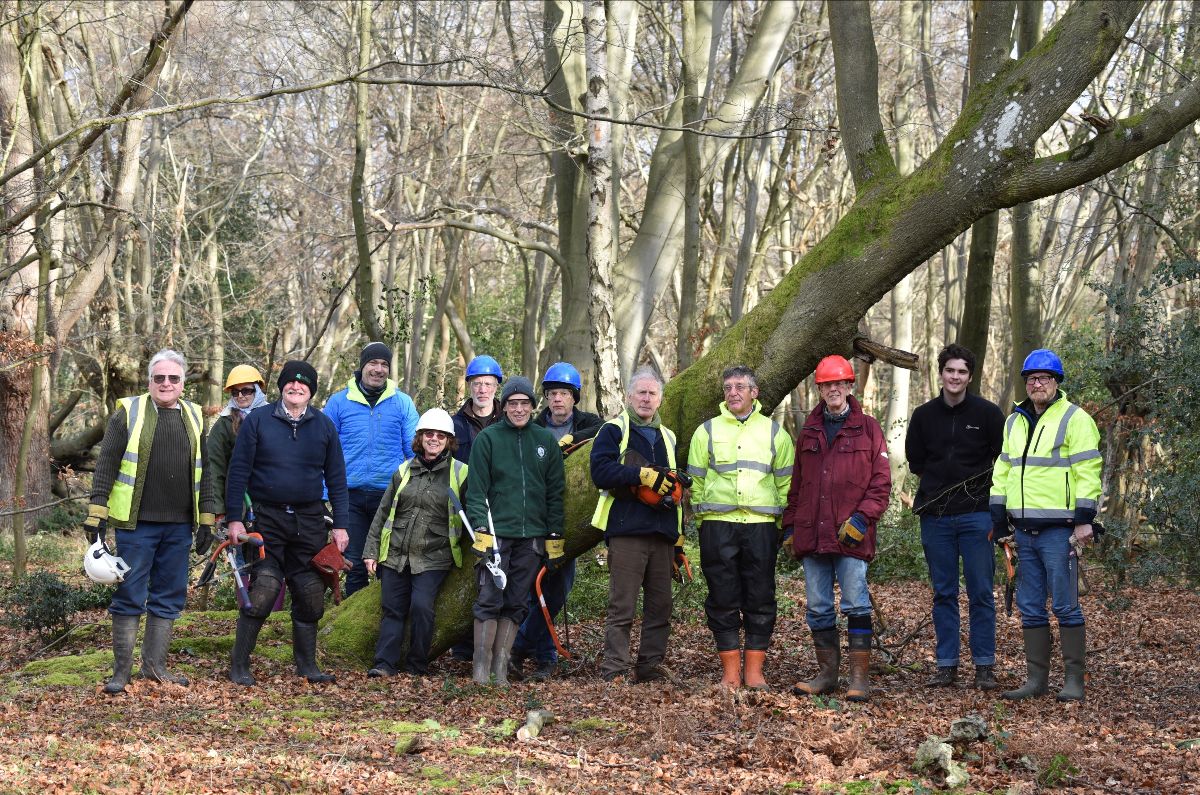| Hands-on conservation: Making a difference one task at a time Over the last 47 years The Epping Forest Conservation Volunteers (EFCV) have completed more than 2000 conservation tasks, leaving behind a legacy of positive impressions across the Forest. On a crisp, bright, Tuesday in January the volunteers could be found at North Long Hills energetically clearing holly and other scrub to ward off the chill and open-up woodland to improve conditions for the veteran beech, oak, and hornbeam. Heather, a dab hand with a bow saw, pauses to explain that she joined in 2010 and enjoys combining socialising with a pleasant day out in Epping Forest. But it’s the satisfaction of seeing what has been achieved on each task that keeps her coming back. Dan, a relative newbie to the EFCV, is already hooked. “it’s light exercise, in one of the most beautiful places in London, and it helps maintain a site of immense natural value… It adds a real sense of meaning and purpose to spending time outdoors.” We also met Andy, attending for the very first time after learning about EFCV via the City of London Epping Forest Instagram account. (@coleppingforest) He explained that it was important to volunteer because he takes “a lot of enjoyment from the Forest, and this is my way of showing my appreciation. By giving a little time and effort back, it’s investing in our environment and community.” Andy’s employer offers a scheme whereby employees can use paid leave to get involved in community volunteering, and joining the EFCV was just the thing to put this time to good use. At the end of the task, he remarked, “Everyone has been friendly, and you get a real sense of dedication from the group.” As a new volunteer, Andy didn’t need to bring anything beyond appropriate shoes and clothes, as all tools and training were provided. This is thanks to the diligent work of the EFCV committee, who organise tasks, purchase and maintain tools, and produce regular newsletters and annual reports. When asked, each volunteer had a different favourite task, be it pollarding, willow coppicing, holly bashing or pond work. However, all agreed that the opportunity to discover new areas of the forest was a wonderful benefit of volunteering. Tasks usually take place every Sunday and the second Tuesday of the month. Each involves close coordination with Corporation of London Conservation Team to ensure they support the overarching management plan. If you are interested in learning more about the Epping Forest Conservation Volunteers, please visit www.efcv.co.uk or contact Spencer Cleminson at efcv2@yahoo.co.uk |
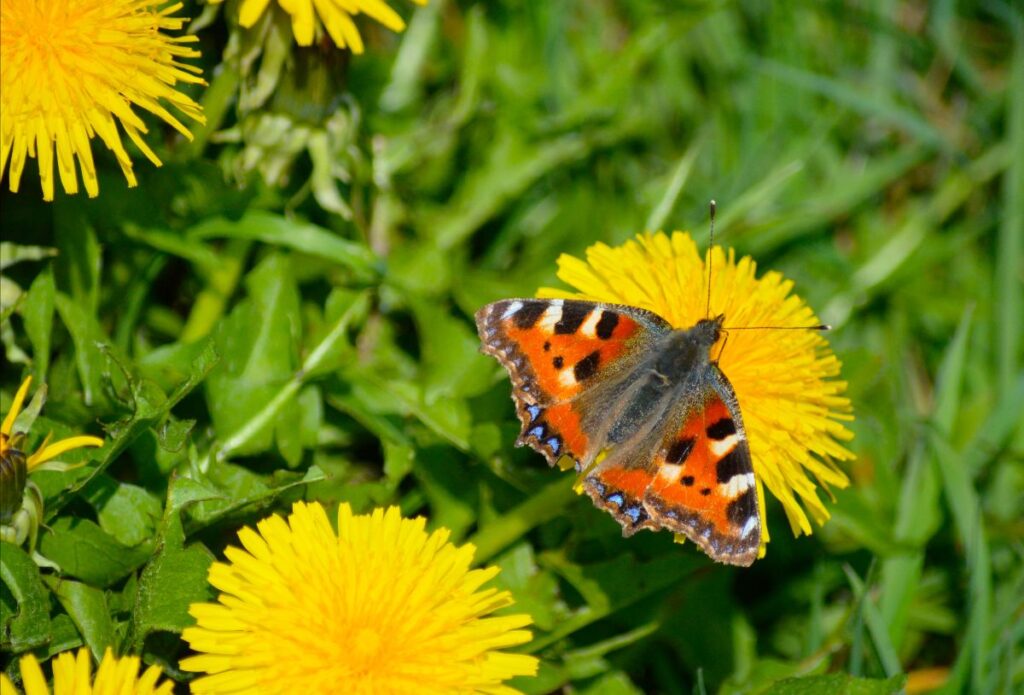
| Butterfly identification and recording workshop Saturday 27 April 1pm to 4pm – The Temple, Wanstead Park Join Steve from the Big City Butterflies project to learn how to identify common butterflies found in London and how to record them on this workshop at Wanstead Park. The workshop consists of a 1 hour presentation followed by a guided walk and is provided in partnership with Friends of Wanstead Park and City of London. https://www.eventbrite.co.uk/e/butterfly-identification-and-recording-workshop-wanstead-park-tickets-796833318907 |
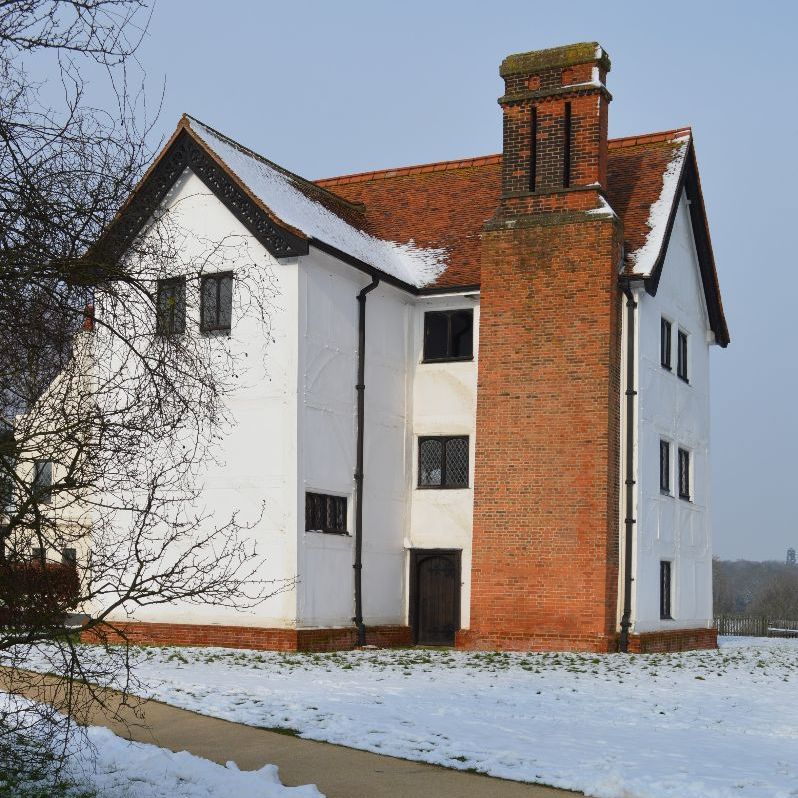
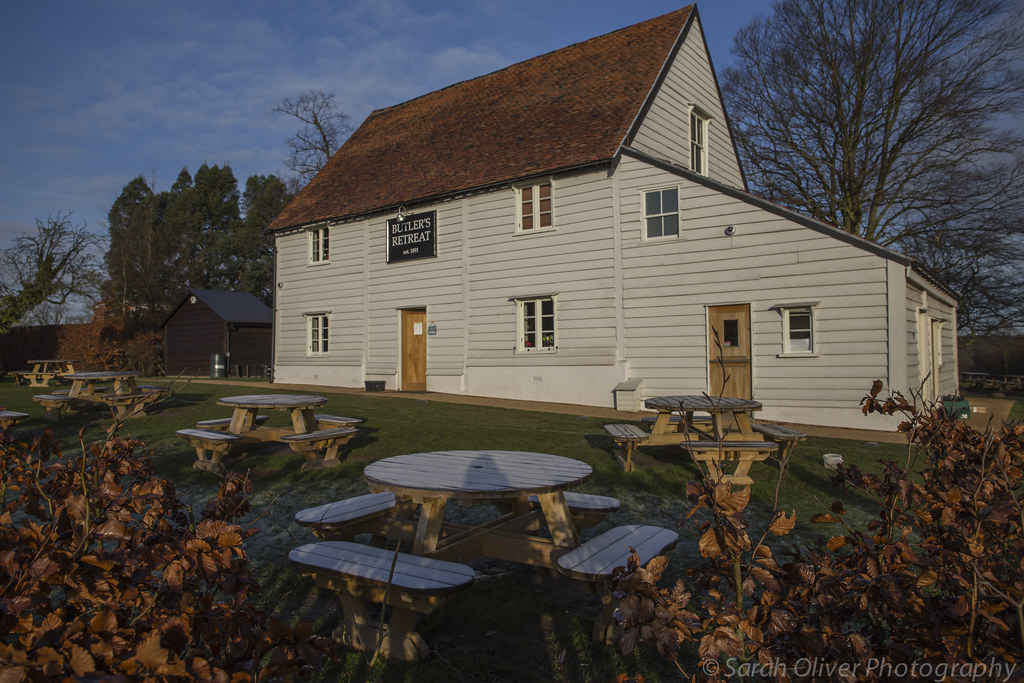
| Loved and protected Epping Forest is conserved by the City of London Corporation as a registered charity and protected by the Epping Forest Act of 1878. That gives it the powerful protection of not only one of the oldest organisations in the world, but of Parliament itself. But it’s not only Epping Forest that is protected for ‘recreation’ and its ‘natural aspect’. Specific sites have their own listings and schedulings and it’s these we thought we just let you know about in this issue of Forest Focus. English Heritage is the organisation that manages the register of ‘Listed Buildings’ and ‘Ancient Monuments and Archaeological Areas, which for Epping Forest, includes: Queen Elizabeth’s Hunting Lodge – List entry Number: 1293481; Grade II* Butler’s Retreat – List entry Number: 1065599; Grade II Warren House – List entry Number: 1165605; Grade: II* Warren House Obelisk – List entry Number: 1111215: Grade: II Wanstead Park – List entry Number: 1000194, Grade II* (Within the Park, the Temple and the Grotto have their own listings). The Grotto, Wanstead Park – List entry Number: 1183624; Grade: II The Temple, Wanstead Park – List entry Number: 1081016, Grade II The Temple, Temple Hill, Warlies Park – List entry Number: 1002167 Ancient Monument Loughton Camp – List entry Number: 1013518 Ancient Monument Ambresbury Banks – List entry Number: 1013517 Ancient Monument For further information about these site, please visit www.cityoflondon.gov.uk/epping or www.english-heritage.org.uk |
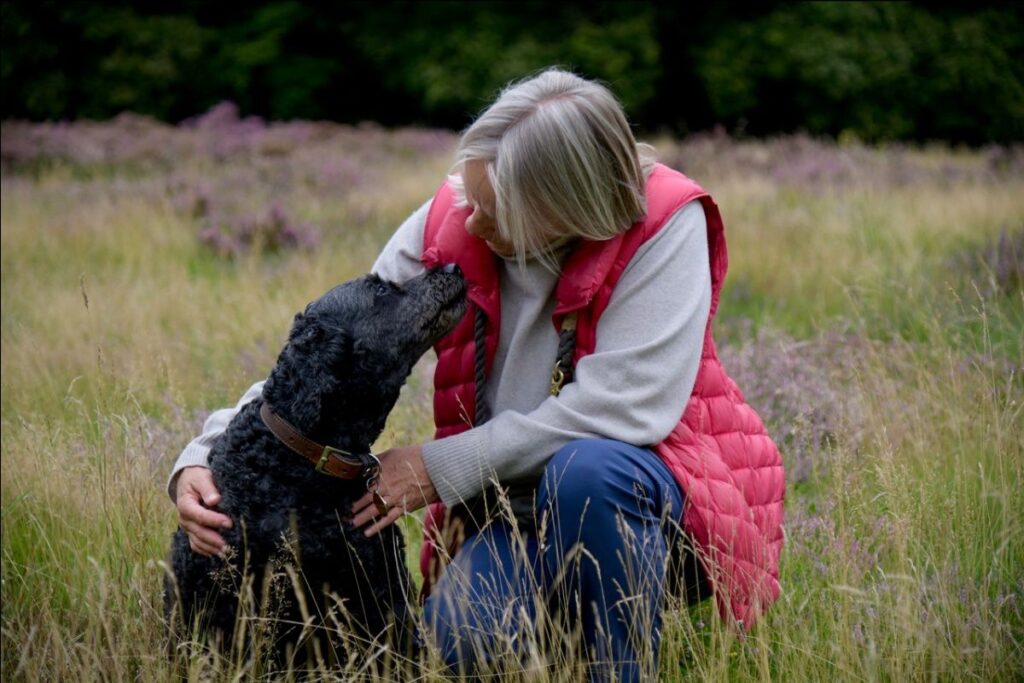
| Dog walking in Epping Forest Well-behaved dogs are welcome in Epping Forest and with many of the Forest’s staff owning dogs, the team here have a good understanding of the needs of dog owners. Did you know that there are over 6000 acres of ancient woodland as well as areas of the Forest’s Buffer Lands to explore with your dog? Provided your dog has excellent recall, you are welcome to explore the Forest with your furry companion. Please ensure that you pick up after your dog and put it in a bin or take it home to dispose of responsibly. The small minority of dog walkers that leaving poo bags hanging from trees are littering the Forest and if caught, will be prosecuted. This is inconsiderate behaviour is llegal and disfigures the environment. If you are looking for new places to walk in the Forest, be sure to treat yourself to copy of Short Walks in Epping Forest and the Official Map of Epping Forest. You will get plenty of inspiration from these two excellent publications, see below. |
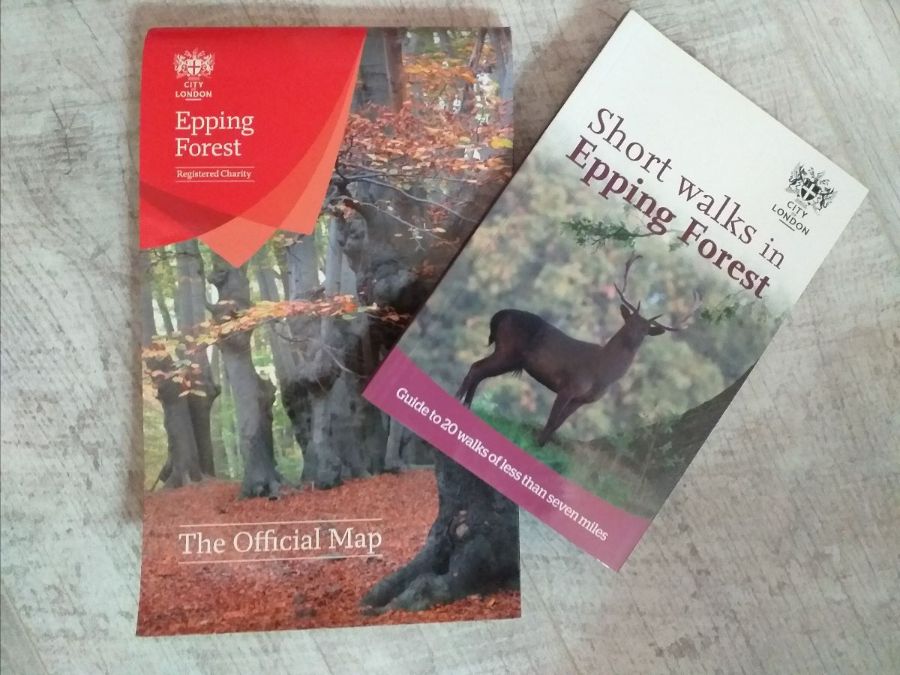
| Epping Forest The Official Map and Short Walks in Epping Forest book These excellent publications make the ideal purchase for anyone with an interest in Epping Forest for the special purchase price of £10 for both publications. Available to purchase from Epping Forest Visitor Centre at Chingford. |
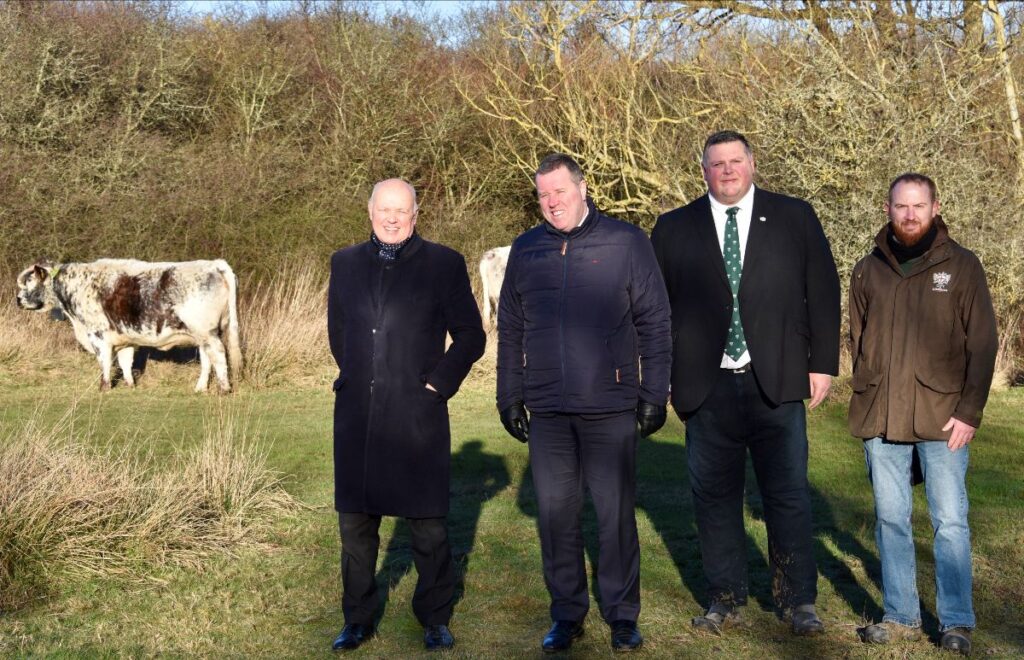
| Epping Forest welcomes DEFRA representatives We were delighted to welcome DEFRA Minister, Mark Spencer and Conservative MP for Chingford and Woodford Greed, Sir Iain Duncan Smith, to Epping Forest on 10 January. They visited to learn more about how we manage grazing the ancient woodland with our English longhorn cows using No Fence technology. The visit was a great success and, despite the cold weather and the mud, everybody enjoyed seeing the herd of longhorn cows who are out enjoying winter grazing on Chingford Plain. |

| Winter tracks and trails Reading about mammals can be fascinating, but undoubtedly the most interesting aspect of their study is field work – watching them in the wild. When you visit the Forest, as well as looking for the animals themselves, also look for signs of their presence. Most mammals keep to regular pathways within their territories. If you follow paths through undergrowth and between trees you may come across a burrow or earth. Tracks in the softer or muddier parts of the path may reveal the animals foot print. Mammals leave numerous signs of their activities, especially feeding remains. Split of gnawed nuts are a good sign that a rodent has been feeding – each species has its characteristic way of removing the kernel from a nut. Damage to the bark low down on a tree usually indicates browsing by rabbits; frayed stems and branches, and bark damage higher up, are likely to have been caused by deer. Look out for browse lines. This will give some indication as to who’s regularly browsing an area. Fallow deer leave a high line about six feet from the ground whereas rabbits browse to about 3 feet. Owl pellets are regurgitated indigestible remains of the owl’s prey and are a good indication of the small animals present. To separate the remains, break the pellet into two or three pieces and place them in water. When the pieces become softened, prise them gently apart, under water, using forceps. By identifying the bone remains it should be clear which species the owl has eaten. Many mammals use their droppings to mark their territories, so some such a the foxes, can be seen in quite prominent locations. |
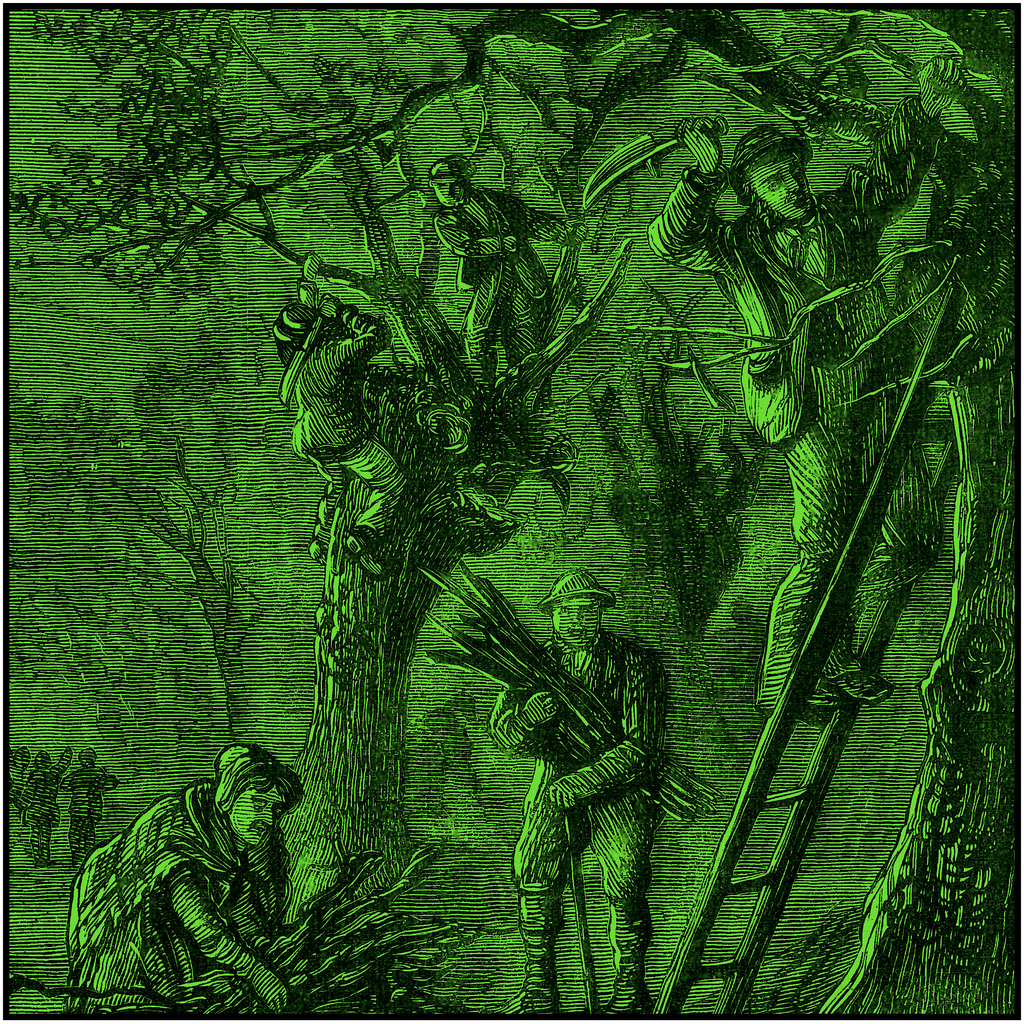
| Exhibition: Radical landscapes – London’s Epping Forest Epping Forest Visitor Centre at Chingford Saturday 21 October 2023 to Sunday 31 March 2024 In the summer of 1871, thousands of ordinary Londoners, gathered on Wanstead Flats to hear speeches against ‘enclosure’ and to protest the loss of common land. They stayed to tear down and destroy fences erected by would-be property developers. The campaign, in the 1860s and 1870s, a radical coalition across social divides, led to the preservation of Epping Forest as a public green space under the protection of the City of London Corporation as its Conservators. This exhibition explores – through 200 years of popular prints and images – the shifting balance of power and control over the land now known as Epping Forest. From royal hunting ground to quiet paradise of green space for recreation and wildlife, the survival of its ancient pollarded trees appears to confirm continuity. But what’s a forest for? And who determines who has access to its resources? Such questions have inspired lawyers and artists, protestors and philanthropists and prompted new and radical thinking about what is to be valued in a shared landscape. |
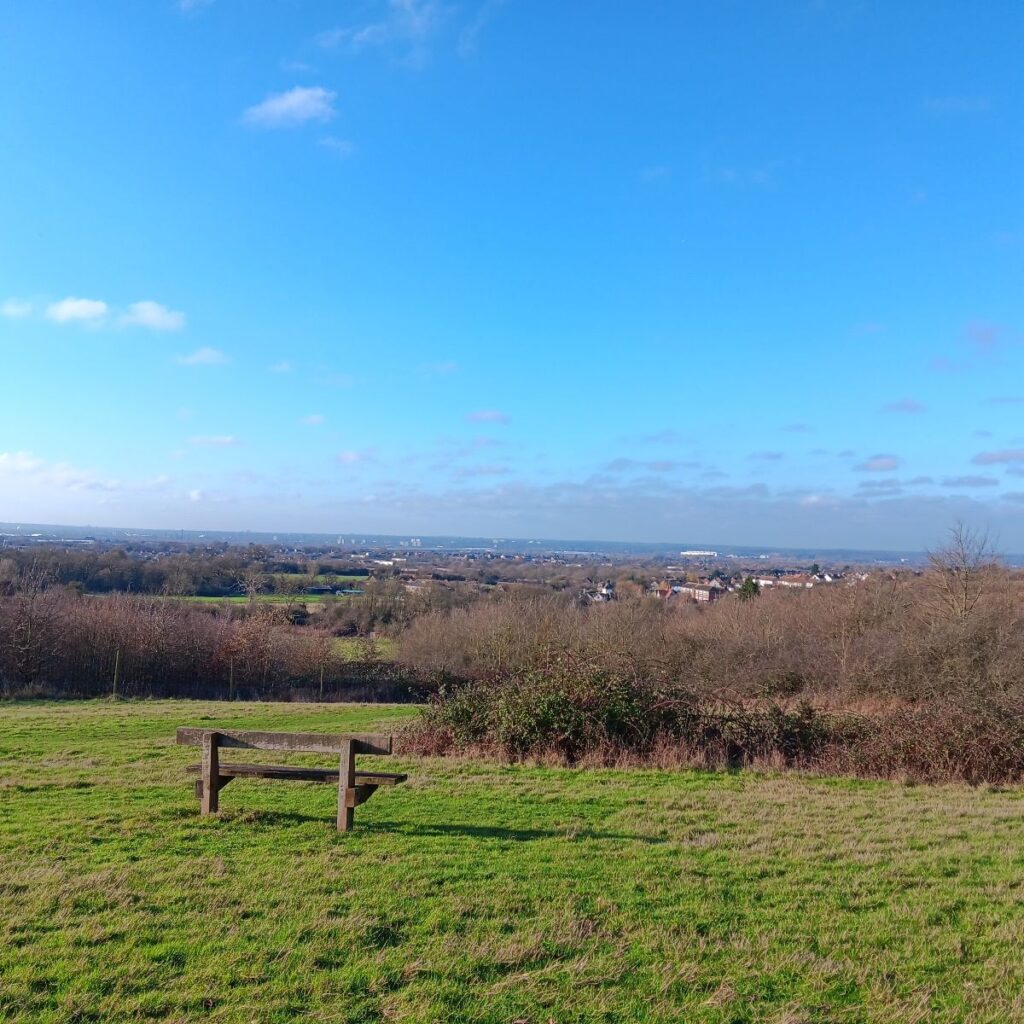
| Job vacancies at Epping Forest: Following a restructure and increased investment in Epping Forest we are now in a position to expand our team. If you would like to view details of any of the positions available please visit our recruitment page. |
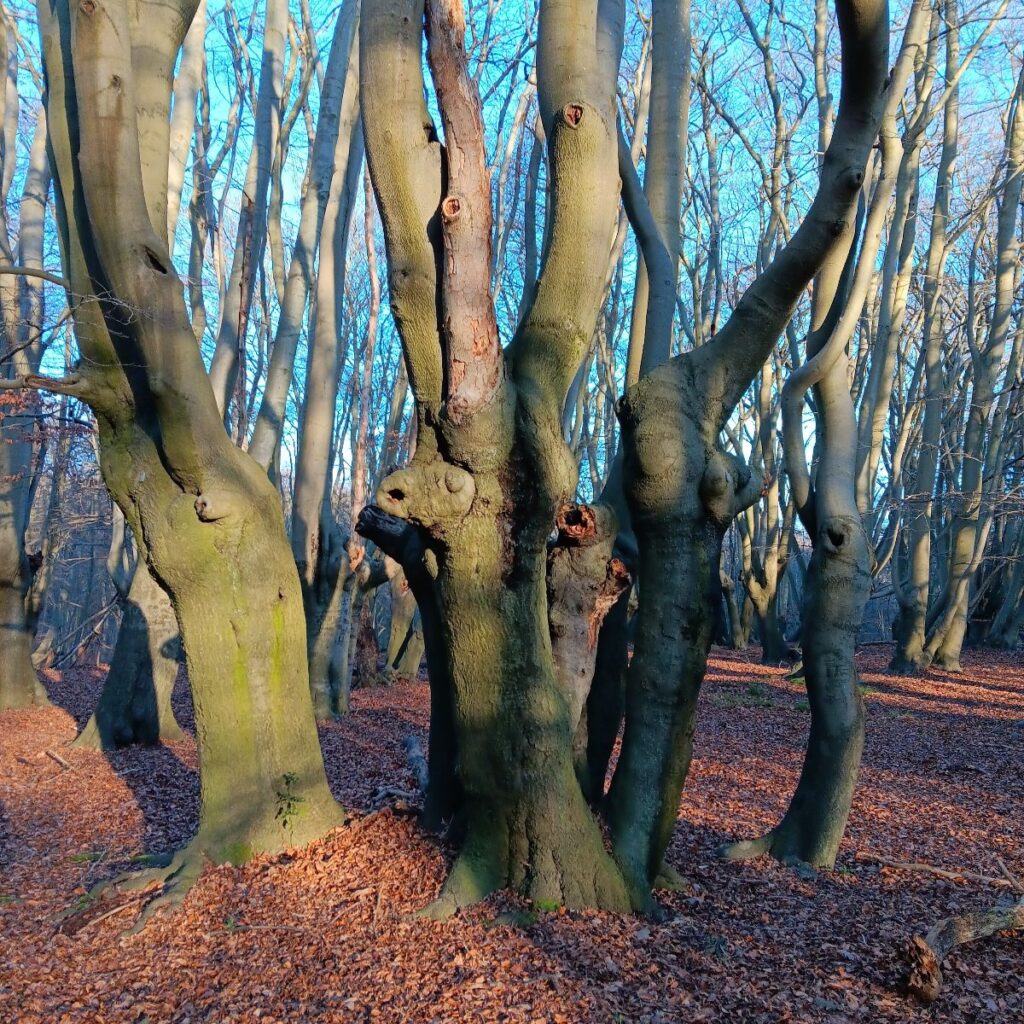
| Keep up to date with what’s happening in Epping Forest Sign-up for our monthly newsletter here or follow Epping Forest on social media: X |
